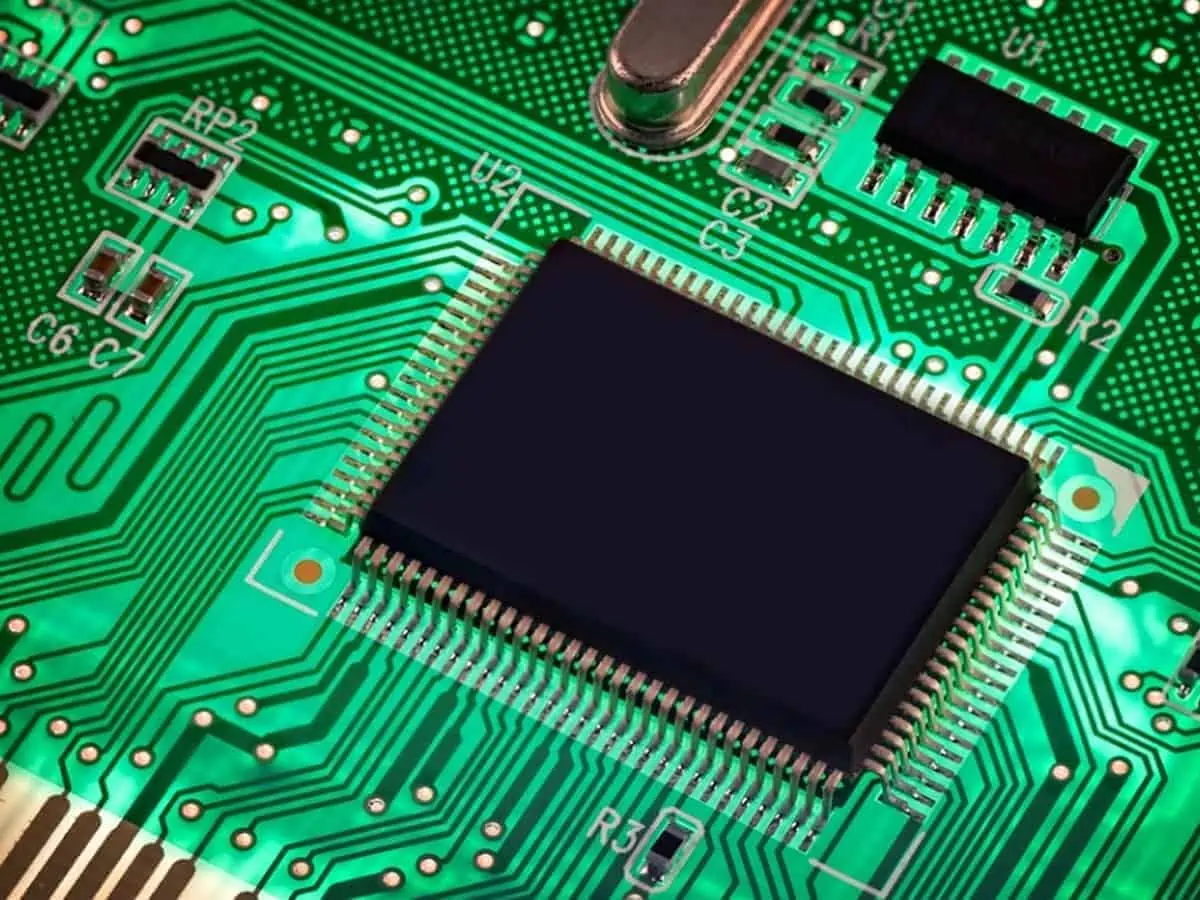
New Delhi: As India aims to reach $300 billion electronics production by FY26, it will trigger demand for semiconductors worth $90-$100 billion, largely driven by domestic mobile manufacturing — an opportunity the country must tap.
The current electronics manufacturing at nearly $103 billion translates to a semiconductor requirement of $26-$31 billion, considering the industry average of 25 to 30 per cent of chip components in any electronics product’s bill of material (BOM).
“With the expected rise in electronics production ($300 billion by 2026), this number is set to rise substantially to $90-$100 billion,” according to the data by the India Cellular and Electronics Association (ICEA).
Mobile phone production contribution in the overall electronics manufacturing jumped from 10 per cent to a whopping 44 per cent in the span of the last seven years.
In FY23, the total import of integrated circuits (ICs) reached $16.14 billion (out of which $12 billion was only for mobile phones).
According to the ICEA, processor chips, which are advanced chips specifically for high-end phones, may require some time before India can produce them at a competitive level.
“However, there is a commercial viability in fabricating processor chips for entry-level smartphones in India. This could be a consideration for the new semiconductor fabs,” said the apex industry body.
The data showed that with a monthly output of around 1.5 million units (10-14 nm) of chipsets – assuming 15,000 wafers of 300mm at 70 per cent yield from a fab, and considering the number of dies per wafer to be 148 – the annual output could be approximately 18 million chipsets.
Therefore, the critical task before all the stakeholders is to translate the burgeoning semiconductors requirement into domestic production and reduce dependency on imports.
“This transition would boost domestic procurement and increase the viability of the semiconductor fabs in India,” said the ICEA.
Prime Minister Narendra Modi in March laid the foundation stone for three semiconductor projects worth Rs 1.25 lakh crore.
The first ‘Make in India’ chip is set to arrive in December this year from the Micron semiconductor plant in Gujarat.
